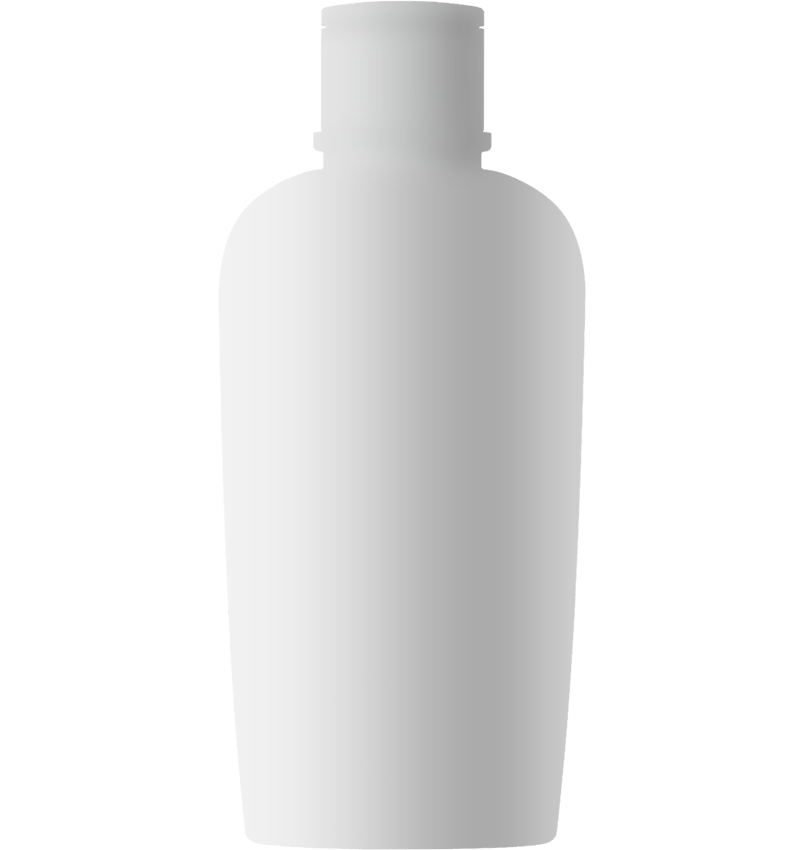While many housing disrepair claims against landlords will naturally revolve around the state of living in terms of the interior of a rented property, there can also be scenarios where a claim can be brought for overgrown vegetation on the exterior.
Vegetation growth that hasn’t been managed carefully over the years can actually cause damage to the exposed brickwork outside.
This can lead to cracks and holes that can make a property less insulated at best, or a threat to the safety of you and others living there at worst.


